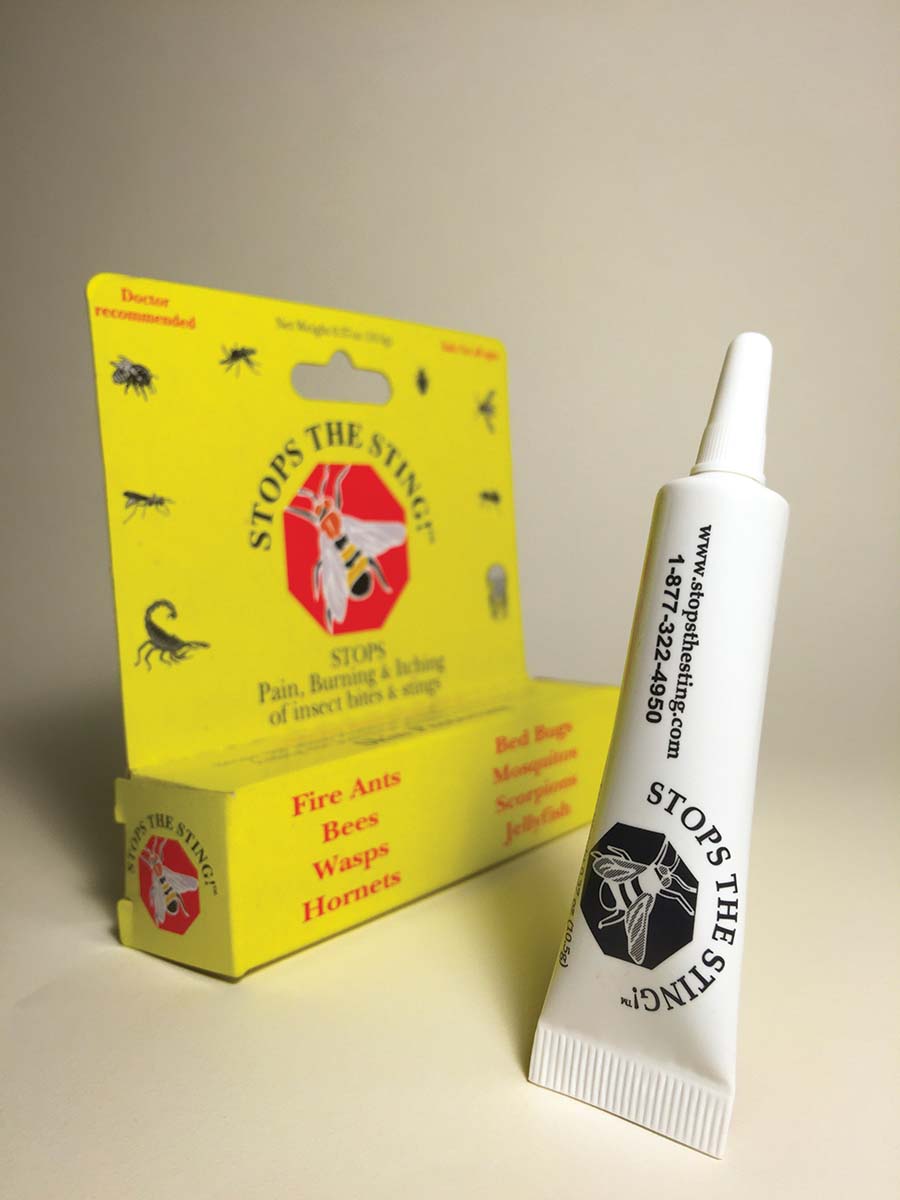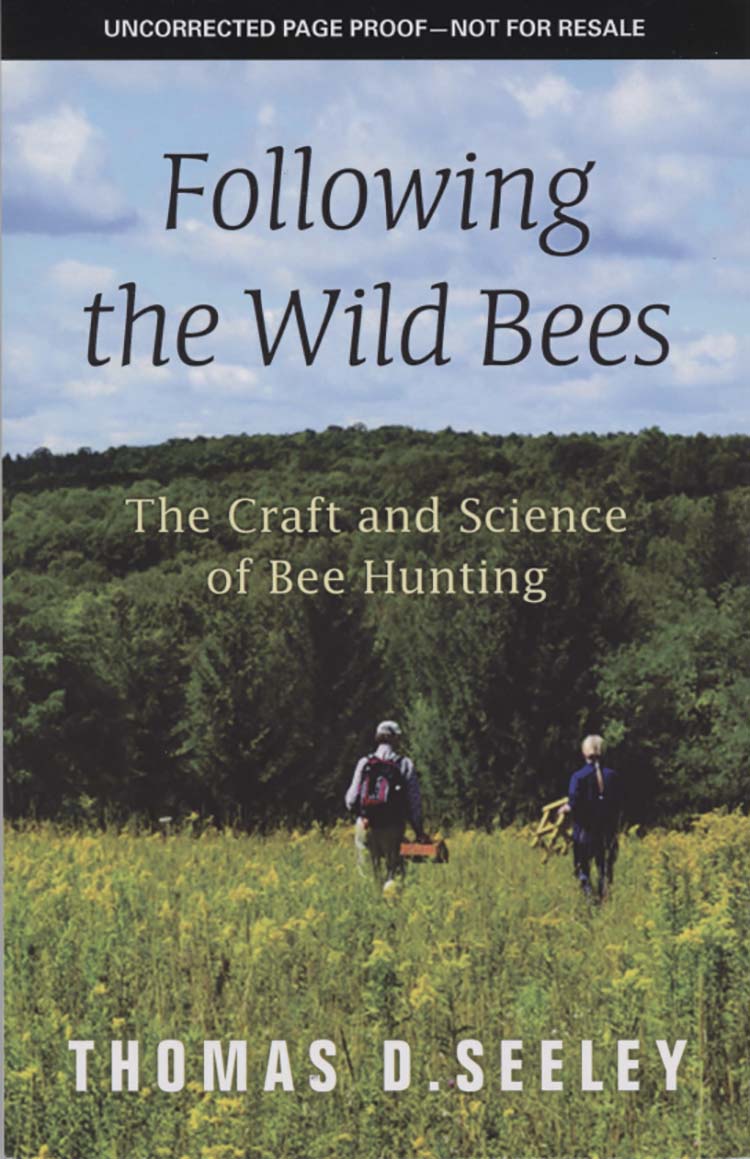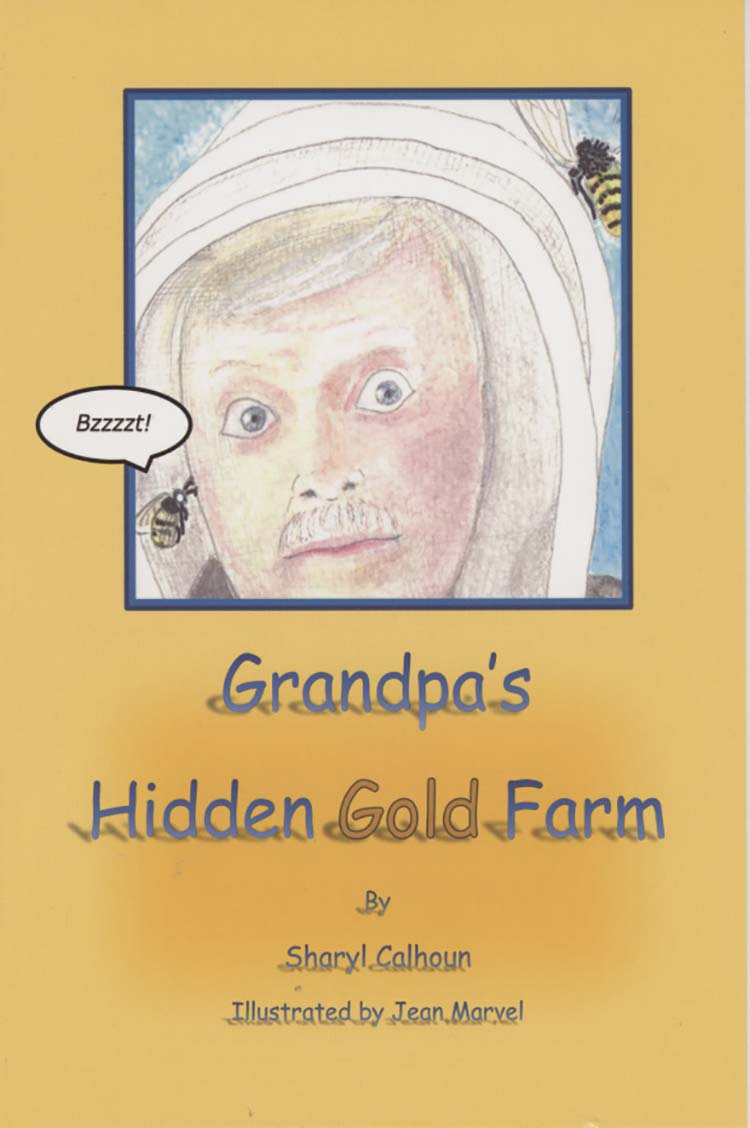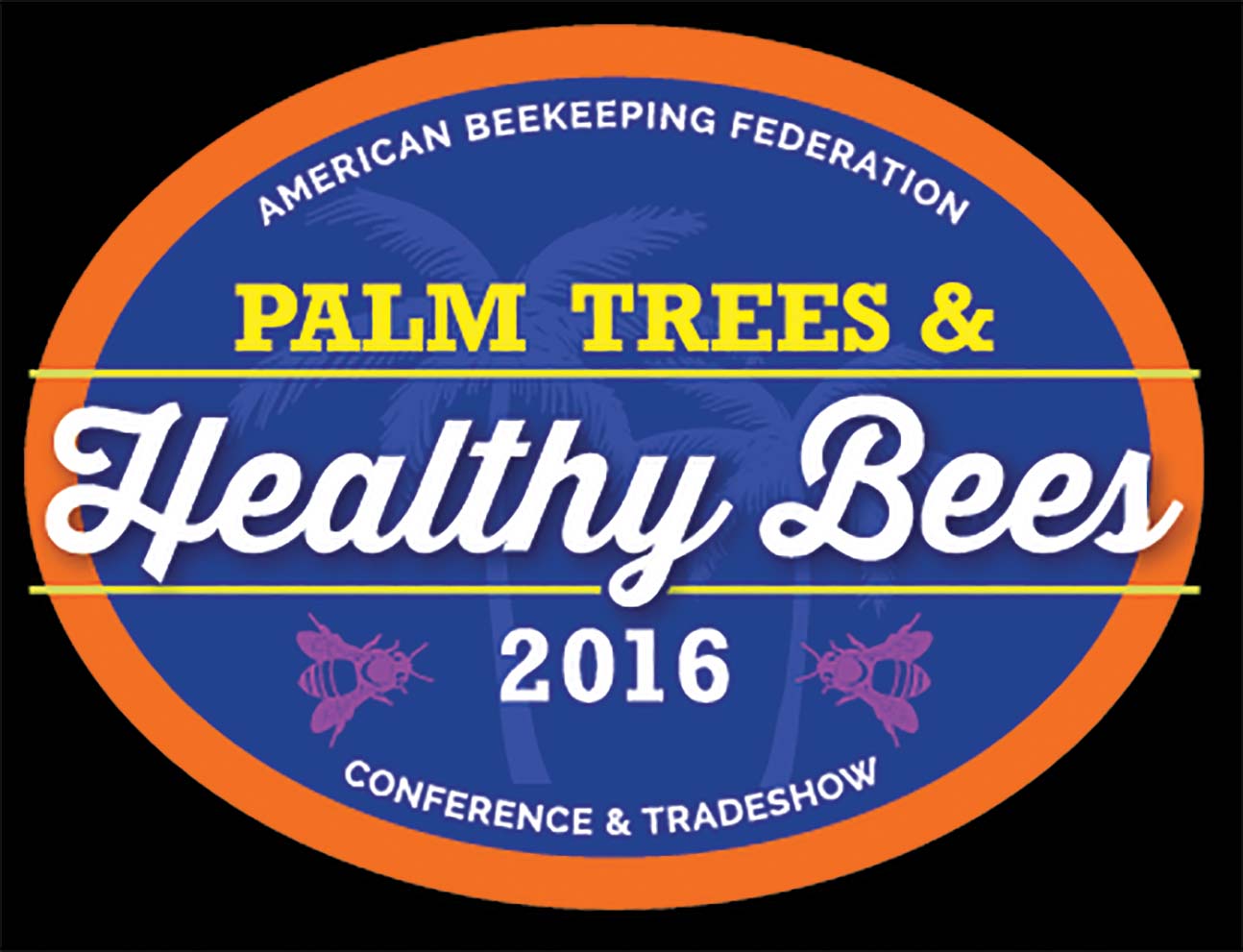
Easy to use and convenient to carry, Stops the Sting™ is an innovative skin soothing ointment designed to stop pain, itching, and swelling from the bites and stings from fire ants, wasps, bees, hornets, mosquitoes, chiggers and jellyfish. A soothing ointment that stops (or neutralizes) the pain, blisters, inflamation and itching of insect bites and Stops The Sting! Pack Stops the Sting!™ in your handbag, first aid kit, glove compartment, golf bag or the family camping gear. Get fast, complete relief from the pain, itching and swelling from insect bites and stings with Stops the Sting!™.
Innovative and safe for all ages, Stops the Sting!™ has been highly accoladed for its amazing ability to stop the discomfort of bites and stings from some of the most painful insects. Check out our testimonials for more information on how our product has helped others with the painful bites and stings from wasps, bees, fire ants, hornets, mosquitoes, and jellyfish.
Stops The Sting can be purchased for $5 at www.stopsthesting.com. Manufactured in the U.S.

Following The Wild Bees. The Craft and Science of Bee Hunting. By Tom Seeley. Published by Princeton University Press. ISBN – 978-0-691-17026-8. 5.5” x 8.5”. 192 pages, color, w/few B&W. Hardcover. $22.95.
I got a chance to read this a few months ago, with the promise not to tell anybody anything at all about it. The publishers wanted a few words and thought maybe I would have some insight the others they asked might not since I’m more in the beekeeping world than the rest. What an honor, and a challenge, what a book (though they didn’t use my blurb, it was great to be asked).
Tom’s new book is about beelining. Well, actually he uses beelining to teach a whole lot about honey bee behavior and biology. He does that a lot you know, but he does cover the basics – the box and tools you’ll need, maps, compass, old comb, marking pens, syrup, toolbox, a stand for the box, and a comfortable chair to wait in. He uses a scent in his bait syrup, like anise, and flagging – landscape tape works well in my experience – easy to use, inexpensive and neon orange show well. You use that so you don’t get lost.
So you catch a few bees in a flower patch, let them feast on the syrup in the box for a bit, let them move into the empty part of the box, mark them, and let them go – and see where they go. Then wait. You’ll know when they come back because they’re marked, and with lots of practice you’ll know how far they are from your box because you timed them. Then you move down the line they followed when they left last time a bit, let them go again and follow the line. And it’s not at all as simple as I’ve just described. There’s the timing thing, and the change direction thing to avoid hills, and actually finding a hole in a tree 30 feet off the ground in the shade.
Tom makes it sound simple, but he’s been doing it for years. When I started here I bought the remaining stock of an author’s collection on bee hunting books and gave it a shot. I got kind of good – just kind of. But it gave me enough experience, and skill, to appreciate this book. If you haven’t beelined yet, you’re not a complete beekeeper. It’s you against the bees, and they win more than not. Try it this Summer. Once again you’ll find out how cool bees really are. – Kim Flottum

Grandpa’s Hidden Gold Farm – written by Sharyl Calhoun and illustrated by Jean Marvel. This 28-page soft cover, all color book is for children PreK – Grade 2. Available at bee supply stores or at www.grandpastree.com for $7.99. Quantity discounts available.
The author of this exciting new children’s book is a reading teacher and recalls watching her grandmother working her beehives. The story is written in rhyme and a clever, tiny bee guides one through the realistic fiction tale. It is a fun way to introduce the importance of beekeeping to our youngest generation.
The artwork is beautiful and in full color. And the book finishes up with two diagram – “Parts of a Hive” and “Bee Tools.”





